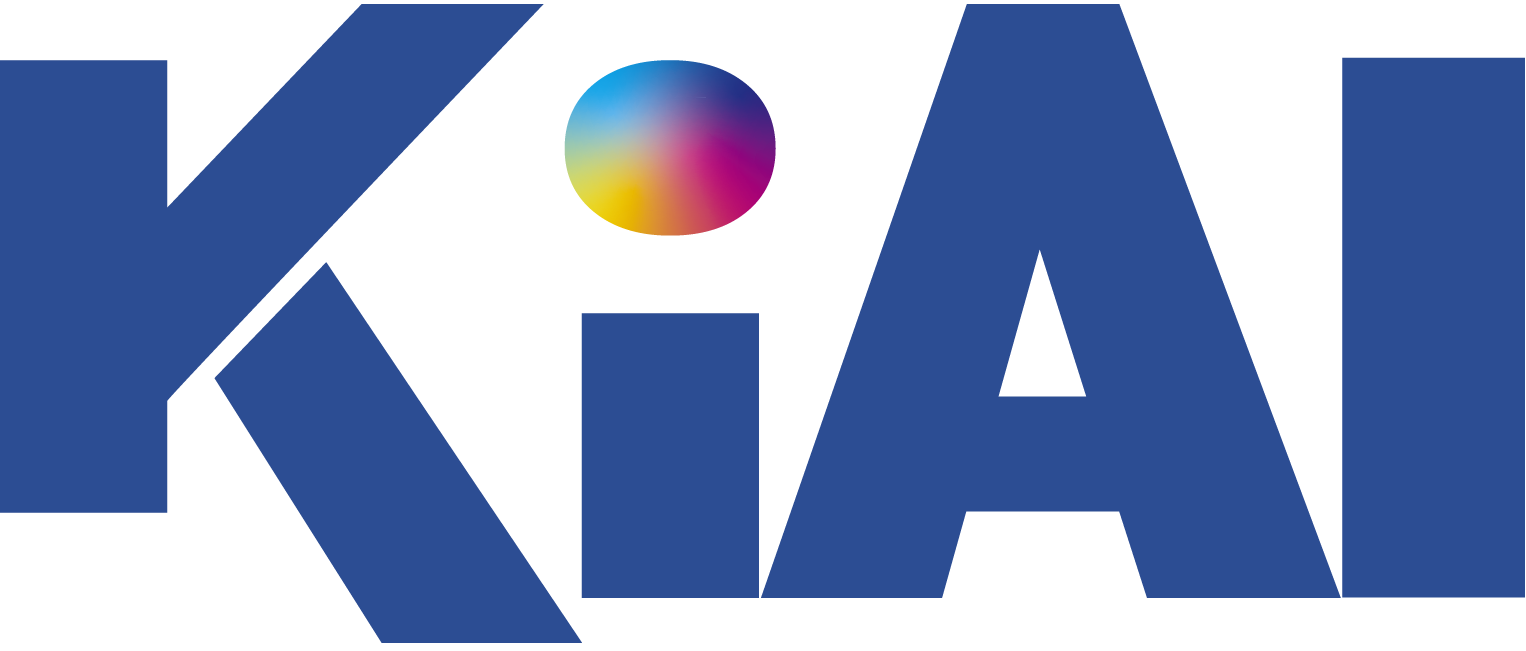Vietnam’s trade landscape is evolving rapidly, with significant developments involving key trade partners. This article highlights recent news and strategic moves that are shaping Vietnam’s trade relations.
- Vietnam and the United States: A Vietnamese delegation is set to travel to the United States to negotiate a 46% tariff imposed on Vietnamese goods. The US government claims this tariff is retaliatory, citing a 90% average import tax imposed by Vietnam on US goods. However, Vietnam’s Ministry of Finance disputes this, stating the actual average is approximately 9.4%. Vietnam’s 2024 exports to the US totaled USD 119.5 billion, while imports from the US reached USD 15.1 billion. Key export categories included computers/components (USD 23.2 billion), machinery (USD 22 billion), and textiles/garments (USD 16.2 billion). The high tariff negatively impacts Vietnamese industries, particularly electronics, agriculture, textiles, and footwear.
-
Vietnam and Brazil: Brazil has officially recognized Vietnam as a market economy, strengthening bilateral trade and investment facilitation measures. Discussions included the potential initiation of negotiations for a preferential trade agreement between Vietnam and Mercosur. Bilateral trade reached almost USD 8 billion in 2024, with Brazil being Vietnam’s largest trading partner in Latin America. Brazil’s President Lula da Silva announced Brazil’s intention to invest in beef processing plants in Vietnam to access the ASEAN market and to act as a gateway for Vietnamese goods into Mercosur.
-
Vietnam and Austria: Vietnam is Austria’s largest trading partner in ASEAN, with bilateral trade turnover reaching approximately USD 2.45 billion in 2024. Austria is among Vietnam’s top 10 export markets within the EU. The Vietnamese Prime Minister welcomed Austria’s newly appointed ambassador and suggested increased high-level delegation exchanges to boost trade and investment. Rail transport is identified as a potential area for cooperation, focusing on capital, technology, and human resource development.
-
Vietnam and Laos: Vietnam’s Ministry of Industry and Trade approved import electricity pricing from Laos for 2025-2030. The price cap for imported Laotian hydropower is 6.95 USD cents/kWh, while thermal power is 7.02 USD cents/kWh, and wind power is 6.95 USD cents/kWh. The plan targets importing 9,360 – 12,100 MW of electricity from Laos and China by 2030, with Laotian imports potentially increasing to 5,000 – 8,000 MW by 2030.
-
Vietnam and China: Vietnam’s ports anticipate a decrease in cargo volume to the United States following the implementation of a 46% US tariff on Vietnamese imports. Two major deep-water port areas in Vietnam handle direct shipments to the US: Lach Huyen (Hai Phong) and Cai Mep – Thi Vai (Ba Ria – Vung Tau), with a combined 31 weekly voyages. In response to potential port congestion, Vietnamese port authorities are prioritizing US-bound cargo loading before a specified deadline to mitigate negative impacts on export costs and business profits.
In summary, Vietnam is actively engaging with its key trade partners to navigate challenges and seize opportunities. The country’s strategic moves, such as negotiating tariffs with the US, strengthening ties with Brazil and Austria, and enhancing energy cooperation with Laos, are crucial for maintaining and expanding its trade relations. As Vietnam continues to adapt to global trade dynamics, these partnerships will play a vital role in its economic growth and development.

